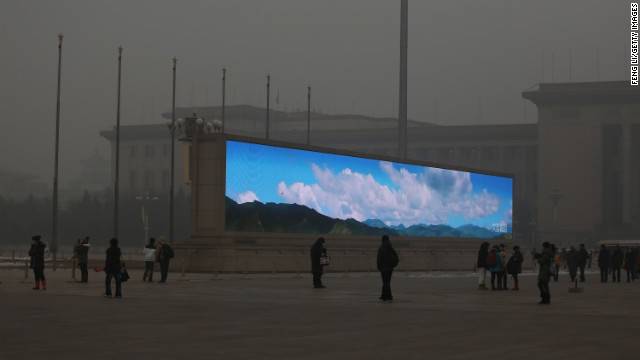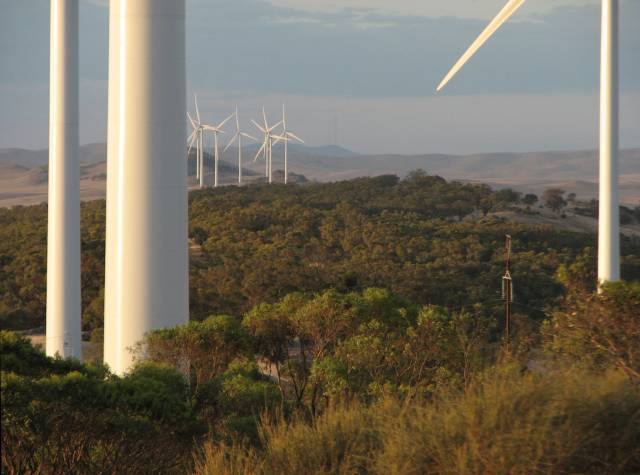Why should the fossil fuel lobby be attacking the renewable energy industries?
| ||||
|
- They were starting to realise that they had lost the climate
science denial argument.
The evidence that the climage is changing, that the changes are due to Man's
activities and that the changes are disastrous is now irrefutable.
If the reader's IQ is above 50 and he has not been living in a cave for
the last 20 years he would know the facts of the matter.
See Why accept climate science?
And in addition to climate change there are the related problems of, ocean acidification, sea level rise and ocean warming.
Coal is definitely not, as infamously claimed by one of the most stupid of Australia's Prime Ministers, "good for humanity". It can be calculated that the air pollution from burning the coal exported from Australia kills about 110,000 people each year; and world-wide the air pollution from burning coal kills millions of people each year.
Renewable energy saves lives by displacing fossil-fuel-fired power.
- With only a very few years to go to 2020 (at the time of writing) when Australia must have 33 Twh of renewably generated electricity annually there is a resurgence in the building of wind farms, large-scale solar power stations are becoming run-of-the-mill and solar-thermal power stations with storage are being
proposed around the country.
- The price of wind power continues to fall, the price of solar photo-voltaic has fallen even more quickly.
It is so low that it is now competing with wind, which is already cheaper than new coal-fired power stations and much cheaper than nuclear.
See several
recent wind power price agreements in Australia.
- Following the Paris climate change agreement in late 2015 Carbon Tracker has demonstrated that there are two trillion (that's two million million) dollars worth of fossil fuel deposits which can never be burned. That means that the market value of fossil fuel companies will have to be down-graded by two trillion dollars! The super-wealthy who run the fossil fuel industry know that there's a crunch coming, but the longer they can put off that crunch the more chance they have to get out while minimising their losses.
|
|


